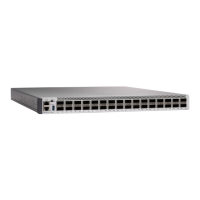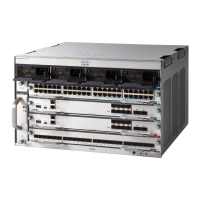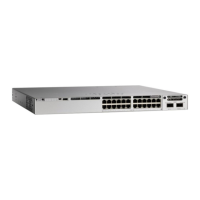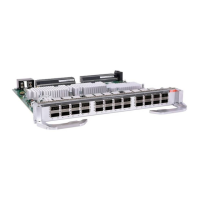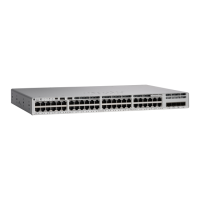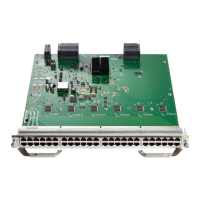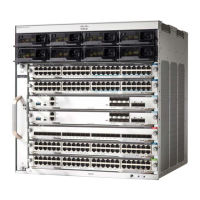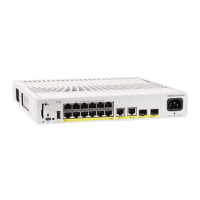CHAPTER 7
Configuring System Message Logs
• Information About Configuring System Message Logs, on page 177
• How to Configure System Message Logs, on page 180
• Monitoring and Maintaining System Message Logs, on page 188
• Configuration Examples for System Message Logs, on page 188
• Additional References for System Message Logs, on page 188
• Feature History for System Message Logs, on page 188
Information About Configuring System Message Logs
System Messsage Logging
By default, a switch sends the output from system messages and debug privileged EXEC commands to a
logging process. Member switches in a stack can trigger system messages. A member switch that generates
a system message appends its hostname in the form of hostname-n, where n is a switch , and redirects the
output to the logging process on the active switch . Though the active switch is a stack member, it does not
append its hostname to system messages. The logging process controls the distribution of logging messages
to various destinations, such as the logging buffer, terminal lines, or a UNIX syslog server, depending on your
configuration. The process also sends messages to the console.
When the logging process is disabled, messages are sent only to the console. The messages are sent as they
are generated, so message and debug output are interspersed with prompts or output from other commands.
Messages appear on the active consoles after the process that generated them has finished.
You can set the severity level of the messages to control the type of messages displayed on the consoles and
each of the destinations. You can time-stamp log messages or set the syslog source address to enhance real-time
debugging and management. For information on possible messages, see the system message guide for this
release.
You can access logged system messages by using the switch command-line interface (CLI) or by saving them
to a properly configured syslog server. The switch software saves syslog messages in an internal buffer on a
standalone switch, and in the case of a switch stack, on the active switch . If a standalone switch or the active
switch fails, the log is lost unless you had saved it to flash memory.
You can remotely monitor system messages by viewing the logs on a syslog server or by accessing the switch
through Telnet, through the console port, or through the Ethernet management port. In a switch stack, all
member switch consoles provide the same console output.
System Management Configuration Guide, Cisco IOS XE Amsterdam 17.2.x (Catalyst 9500 Switches)
177
